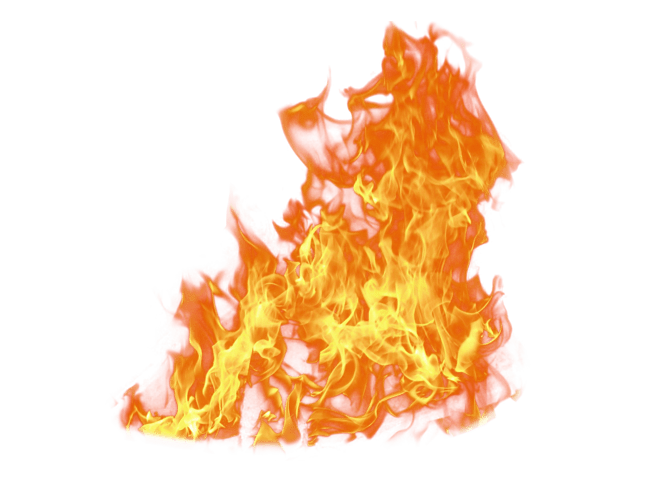Overview
This guide is meant to provide insight into various properties of particles and teach you how to change them.
Introduction
Particles (or particle systems) are sort of special effects. They include fire, smoke, etc – generally everything that is hard or impossible to convey in a regular “model” form, and thus they are very different from models and are controlled differently.
But a little disclaimer first: I physically cannot cover everything in this guide, as some particle system are different to the others, so some options / operators may be different or absent outright, and I believe I am not the most experienced person out there, just the only one it seems who decided to waste a couple of hours to write a guide (aside from Tacoman and his guide on changing colors of particles: [link]. I used burningplayer_blue as an example, so you can get a basic idea of how to change particle systems to suit your needs. If you still cannot figure something out, leave a comment and I’ll try to look into it.
1. Preparation
This part is fundamental, as you have to follow these steps to even start making changes.

A particle system is not called such for no reason. It actually consists of a bunch of particles, and you can edit each separately, but for now click the first one.

2. Children
Remember what I mentioned about multiple particles in a system? Well, if we choose the first one, then others can be referred to as CHILDREN.
In the particle editor tool you can actually remove them, leaving only the parts you need. For the sake of simplicity and clarity in this guide I will remove all chlidren-particles.
3. Color
Now we are getting to the good stuff. Time to change the color of our particle!

First, let’s choose COLOR FADE.
As you can see, now as the flames approach the highest point they change color before disappearing. Kind of makes sense, right?
Now let’s see what COLOR RANDOM does.
By playing around with colors you can create variations which look absolutely lit. Haha, get it?..
4. Scale (Radius)
Now’s the time to make our particle bigger.
5. Movement and direction / shape
There’s more to the movement and shape of particles than you might think.
6. Alpha (Transparency)


















